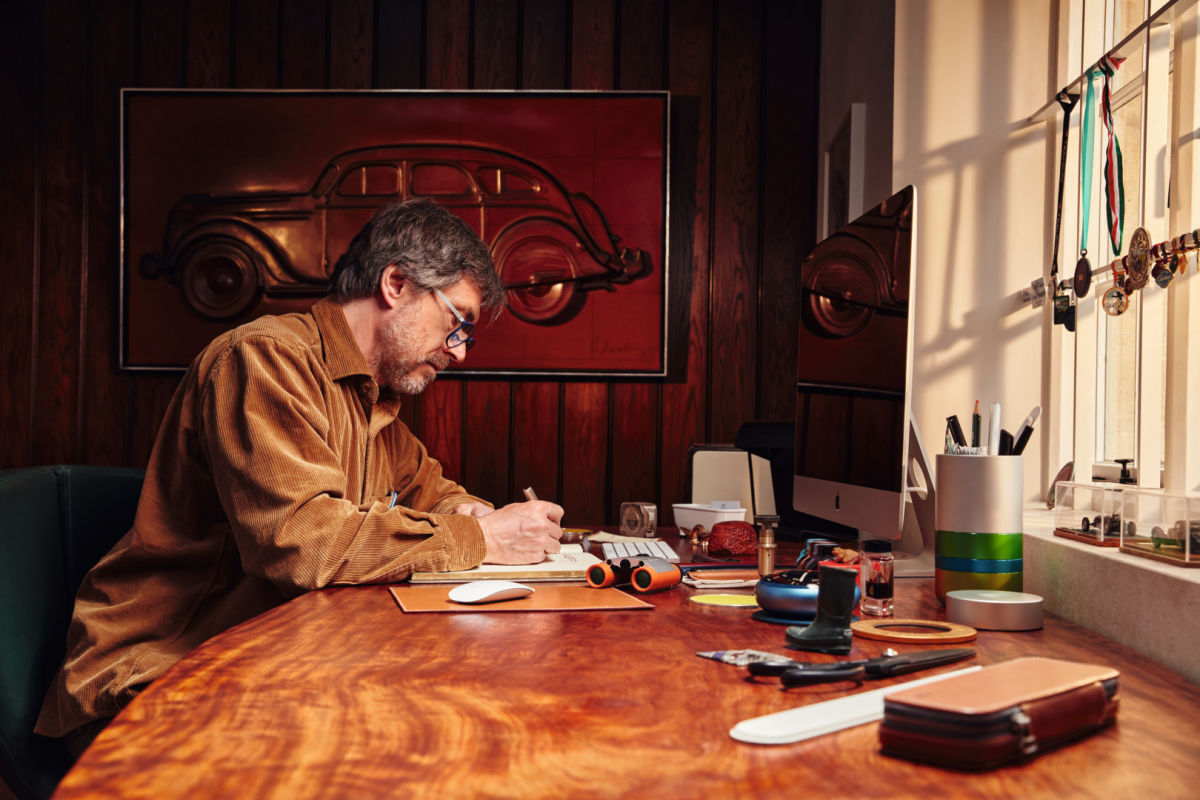Leica zee best ! Love the Ultravids especially. I use only a Nikon HG right now but have been thinking lately I want to go back to Leica again. I just have to decide what to buy.
Does anyone here use and enjoy the Trinovid HD 8x32?
Its relatively narrow fov and small IPD range give me some pause.
My wife has Trinovid HD 8x32 and I have pre-HD Trinovid 8x42. I also have a Kowa Genesis 8x33, because my 8x42 Trinovid has no close focus at all

. The little Trinovid HD 8x32 weighs 650 g, but it feels in hands of ~same weight as the Kowa (590 g). It feels substantially lighter than the Trinovid 8x42.
Trinovid HD 8x32 is made very nicely, of the same standard as the pre-HD 8x42, even though the diopter mechanism is simpler (but it works just well, no issues there). It fits my (and my wife's) hands very well and it is a pleasure to use. The image is very nice, it has that "silky" feel to it, like the 8x42 does, but the view through 8x42 feels a little more "peaceful" for not having a better word. This may be due to the larger aperture of the latter, but I am not sure. The colour rendition between the two Trinovids is different. They both still give those beautiful glowing colours, just that the whites in the HD look perhaps more neutral (slightly less warm in tone). Centre-field resolution (without any testing through measurements) seems about the same between the three binoculars. They all give crisp image and I cannot distinguish any more detail with any of them than with the other two. (It is interesting to compare their "sharpness" to Nikon EII 8x30, which somehow displays sharper image in the centre, however this sharpness looks somehow unnatural-almost ruthlessly- and it does not allow me to see any more texture or any other detail than the other three binoculars).
The field of view (FOV) of the two Trinovids is about the same and it does look narrow when switching from Kowa (7.1 vs. 8 degrees). However, the brain quickly re-adjusts and soon it does not bother me at all. I remember when I ordered the Trinovid 8x42, after using Nikon EII for a year or so, I was concerned the FOV would be too limited with the Trinovid. When the Trinovid finally arrived, I was amazed how little the smaller FOV meant when birdwatching. True, it is nicer to have a wider FOV, but in the use I was not bothered by the narrower FOV at all. The Trinovid was actually much better in finding the birds in deep bush-I am still puzzled why this is so. I know there are strong views about FOV on this forum, but my experience is that, while large FOV is nice, it is not really essential to have >8 degrees FOV: 7 degrees is still good enough in practice for birdwatching.
Trinovid HD 8x32 has 17mm eye relief, which is actually too large for the eyecups supplied, both for my wife and me. With eyecups fully extended we both got the black-beans effect

. However, I realized the eyecups of Trinovid 8x42 and 8x32 HD are interchangeable and the rubber eyecup
pads on the 8x42 are about a mm thicker than on the 8x32 HD. I ordered the eyecup
pads for Trinovid 8x42 ( Article No 434-430.001-010, if someone needs them) and replaced them onto the 8x32 HD eyecups: problem solved.
The focusser on Trinovid 8x32 HD is nice, smooth, well damped, with no backlash. This is much better than on Trinovid 8x42, which has the well known static friction: once the focuser is stopped, it takes a substantial effort to start moving it again and then it "jumps" because the dynamic friction is smaller than the static one. Kowa has much better focuser, smooth and very, very light (at least for my specimen, the newer version seems to have much stiffer focuser): going back to Trinovid 8x42 feels a bit irritating but it only takes a few minutes to get used to it again.
The sweet spot of the two Trinovids is about the same size. Kowa has substantially smaller sweet spot, which is irritating when trying to find well-camouflaged birds on the ground (but is not an issue in other situations for me). Both Trinovids work well for finding the birds on the ground and the curvature of the field of sharp focus actually helps here (i.e. the field of sharp focus is farther in centre than towards the edges of the field of view).
Chromatic aberration for Trinovid 8x32 HD is substantially better than for 8x42, it is still there but does not bother me; Kowa is the best.
Trinovid HD has AquaDura coatings, while the plain Trinovid does not. To me, this makes a substantial difference in cold weather, as the Trinovid HD oculars fog very little, while the other ones fog a lot.
Trinovid 8x32 HD has very short close focus (~ 1m) which is very nice, not only for observing insects and flowers, but also small birds that sometimes come very close. One peculiar feature of my wife's binocular is that when you focus at less than 2 m and push the two binocular tubes together (lowering interpupilary distance (IPD) to help retain binocular view at close distances) and then push the tubes back apart as you want to view something at larger distances, the focuser now suddenly becomes quite stiff. This is resolved as you keep working the focuser and/or change IPD a few times. I am not sure if this happens with all Trinovid 8x32 HD's...
OK, I got it off my chest, I apologize for ranting on. What I really want to say is that Trinovid 8x32 HD is an enjoyable binocular to use despite some of "technical shortcomings" when compared to some other brands and it probably did not receive all the praise it deserves. With other brands you may get a larger FOV and lower weight (Zeiss SFL comes to mind, even though it is more expensive), but you don't get that "Leica look".








